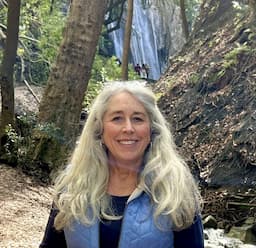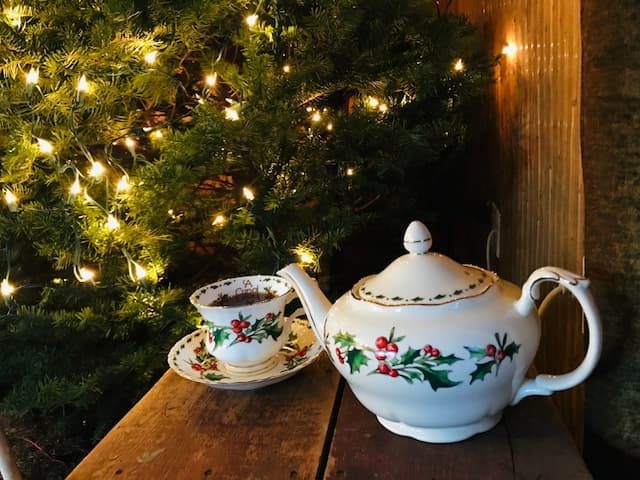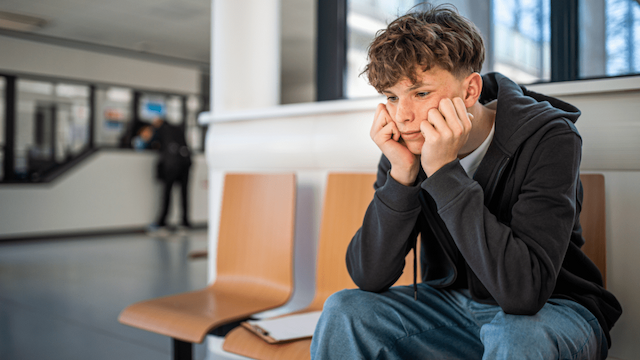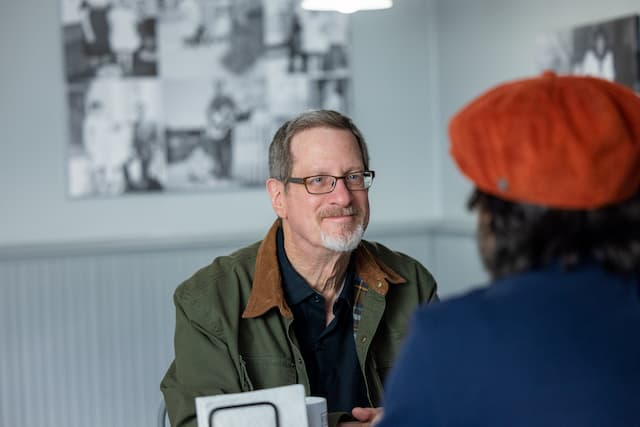Bokeh photography how to: 8 secrets to maximize bokeh
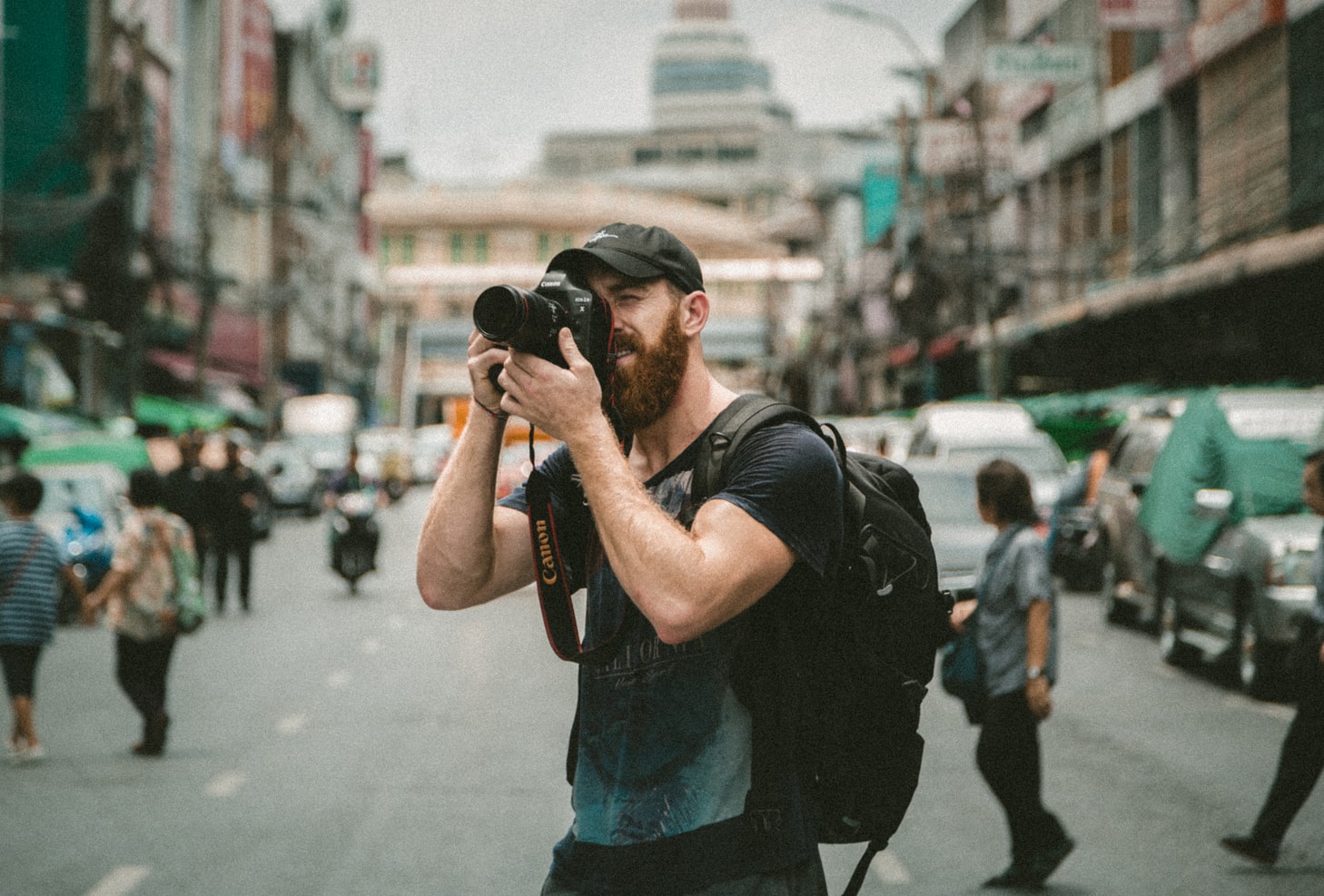
A Bokeh Photography how to article. Maximize your bokeh using any of these 8 easy to follow tricks and bring new life to your photos. Read More

Bokeh photography how to: 8 secrets to maximize bokeh
Bokeh Photography how to guide
The general consumer that enjoys viewing photography but may not understand all the settings and processes we use, seem to love two things: HDR and shallow depth of field. The debate with HDR is a big one, but overall, I view it as one tool in a photographer’s arsenal that you can choose to use or not use. But every photographer, from portraits to landscapes, should be using shots with a shallow depth of field. Obviously, no one should ever lean too heavily on it, but it is a vital tool that we all should be using on a regular basis to bring a very different perspective to our art. Utilize, but not over use is the best advice I can give. Now, let’s get to the bokeh photography how to.
Bokeh Photography how to: What is Shallow Depth of Field

As a general overview for those that may not know or just need a refresher, shallow depth of field is when a photographer wants to accent their focal point, so they draw the eye of the viewer by keeping their focal point in sharp focus and creating a blurred effect, called bokeh, around the subject. The eye is naturally drawn to items in a picture that are in focus because it almost pops out when the surrounding area is softened. There are many ways to draw the human eye to your subject (leading lines, centering, rule of thirds, etc.) but shallow depth of field creates a unique effect that can be combined with many of the other compositional rules, to bring their vision to life.
So how do we create and increase the Shallow depth of field effect?

We cover eight ways that can either create or increase the appearance of a shallow depth of field. Again, these are ALL tools in your arsenal. If you aren’t adjusted to using some of these, practice and get used to using them! This prepares you for future shoots when you are troubleshooting to get the effect you want. No one wants to be taking family portraits with kids wondering off out of boredom as you try to experiment with your settings. I speak from experience!
1. Use a Wide Aperture

The number one reason we all drop far too much money on lenses is to get that wide f-stop for beautiful, rich bokeh. The wider your shutter can open, the more bokeh effect you can make. Your lens is letting in a ton of light with this large opening but focusing on your subject. This results in creamy bokeh all around, and is definitely the easiest adjustment to make to ensure bokeh.
Some great recommendations I can make for someone not looking to drop their life savings is to consider buying a 50mm and an 85mm prime lens. For my Canon folks, below I provided some fantastic options that I have experimented with personally. One lens I gave to a new photographer whose only lens broke on her, but secretly it was an excuse for me to upgrade. F1.8 is far low enough for a portrait photographer to get beautiful bokeh, especially outside of the studio. But I find that f1.4 is a great fit for in-studio work. Don’t worry, I noted lens options for both my full-frame and APS-C camera folks!
Budget friendly Options
- Samyang 35mm 1.5 $379.00 Link is for Canon, MFT, Nikon FX, Sony FE mount and Sony A
- Note: I only recommend this for crop sensor shooters to act as your 50mm- would be roughly 56mm for APS-C Canons
- This is not the most sturdy lens but it does create great bokeh and the motor is definitely fast enough to keep up with portrait shooting. It might even seem a little pricy, but check out that aperture width. You won’t find anything in this price range capable of f1.5!
- Canon EF 50mm STM 1.8 $125.00 Link for Canon EF mount (but for this price, you can get a mount converter; will fit EF-S mount)
- Note: A good replacement as an 80mm for crop sensor shooters especially since EF lenses will fit on an EF-S mount!
- My first publication was shot with this lens and I ended up giving it to a young photographer at my church whose only lens’ autofocus stopped working. Otherwise, I would still have it! Great indoor portrait lens, just have to use your feet to zoom, but well worth it for the creamy bokeh produced in f1.8. This is a starting lens for almost every Canon shooter, and it’s the best bang for your buck on my list. Didn’t expect the Canon to be the cheapest, right!?
- Samyang 85mm 1.4 $249.00 Link is for Canon EF, Nikon, Pentax, Sony Alpha and Sony E mount
- Note: for APS-C cameras, this is going to act more like a 127mm to 136mm(canon), so I recommend getting the 35mm and 50mm.
- 85mm is a fantastic focal length for outdoor portraits and the extra length produces a rich bokeh. Not to mention, this is an f1.4 for under $250! But you are paying for the aperture, not superior lens quality. But at long as you take good care of it and keep it out of the rain, you will be in good shape.
Lifelong Lenses
- Sigma 18-35mm F1.8 Art $699.99 Link for Canon, Nikon, Pentax, and Sigma Mounts
- This is the only adjustable zoom lens on the list, but with great reason! You are getting Sigma’s top Art line with a fixed low aperture of 1.8! That’s amazing! From wide angle to studio portraits, any photographer could use this lens due to its versatility. But you are going to pay for that convenience.
- Canon EF50mm f1.4 399.00 USM Link is for Canon EF Mount
- Considered one of the best lenses for the money, this lens is a must have for the true professional Canon shooter. It comes with Canon’s USM, which means the autofocus is lightning fast, but a little noisy if you are using this for video. But f1.4… I guarantee you have seen professional portraits shot with this lens. $400 is well, well, well worth the money. This is the ultimate Nifty Fifty bang for your dollar.
- Canon EF85mm f1.8 499.00 USM Link is for Canon EF Mount
- And finally, the prime 85mm f1.8mm. You would think with a narrower aperture compared to the 50mm 1.4, you wouldn’t get the same creamy bokeh. But you would be wrong! Longer the lens, the more condensed which “amplifies” the shallow depth of field effect. This is a must for outdoor photography if you need the speed and quality of Canon.
2. Increase the distance from the background and your focal point

Bokeh is all about depth of field, so when you are struggling, see if you can move your subject further away from your background. The deeper the depth of field, the more it will be out of focus when focusing on your subject.
This is the same from landscapes to macro photography. Only with landscapes, you may need to move your subject feet or yards where macro photography could be inches or less. Just do it in small increments like 5% or 10% further until you get your perfect effect!
3. Background Choice is Key!
A vibrant background can accent even the slightest blurring. So consider a background that is colorful, full of motion and well lit. Think of when you take portraits with Christmas lights in the background. Use your aperture to create a shallow depth of field, but then the lights in the background that are blurred create a vibrant contrast that increases the blurring effect!

4. Use background motion

If you really want to get creative, try dragging your shutter a bit with your model or subject standing still. Cars, bikes, people walking, etc. will all blur while your subject is perfectly in focus. This is a technique to work on to get perfect, but it creates some dynamic photos! Panning will produce similar blur while keeping a moving subject in focus. Give it a try!
5. Use more zoom
Normally when we think of a shallow depth of field, we immediately think about our prime lenses and super wide apertures. But there is another trick to create more bokeh, telephoto lenses. As you climb the range of lenses, you begin to narrow your position of viewing. An 18mm lens sees much more of the scene that is in your peripheral where a telephoto lens is made to zoom into a very specific and concentrated area. Because you are filling up the whole picture with less and less scenery as you zoom in, blur is exponentially highlighted.

This is one reason I use an 85mm outdoors, plus I have more room to work with than the studio. The smaller the studio, the less room you have to back up, so you need a wider aperture to compensate for the loss in lens length. But outside, you have all the room in the world! So shooting at 600mm to reach a bird in a tree, I might only need f5.6 to create beautiful blur all around the bird that is comparable to f1.8 and the need to walk up much closer to capture the same image.
That’s why, when we discussed the f1.8 85mm lens, I said you may not have the loss in bokeh you would expect compared to the f1.4 50mm. But if you don’t have the room, then a telephoto lens may not be an option. Also remember that telephoto lenses have a much longer minimal focus range. But that’s when I might turn to my 100mm Macro lens to get up close with a longer lens to massively increase my blur effect.
6. Incorporate the foreground
A great trick if you are running out of ideas is to incorporate some foreground into the image and put your focal point deeper in the scene. Think of a model leaning against a wall and you shoot along that wall. The part of the wall that is closest to you will be out of focus, creating a bokeh effect while the model is crystal clear. This can be done with landscapes, portraits, even wildlife. I often will catch branches or trees in the foreground as I am capturing wildlife. Those branches and trees will be blurred while my animal subject is in perfect focus. It creates a really soft effect while also drawing the eye directly to your intended target!

7. Leading lines

Along that same line, try using leading lines. Leading lines are a compositional technique that lead the eye from horizonal, diagonal, or vertical lines directly to your subject. These lines in front or behind your subject will begin to blur as you focus, accenting the blurred effect while still keeping the lines intact. Think of a desert highway and the white and yellow road lines into the distance. If you focus on the middle of the road, the lines in the foreground and background will be blurred while keeping the middle sharp. Place a subject in the middle and the blurred lines will eventually turn sharper as they approach your subject, then blur back out as you move to the horizon. If you didn’t know this trick yet, you have probably already been doing it on accident and didn’t even realize it! It’s an easy one to pull off.
8. Get close with wide angle lens
This is the opposite principle of a telephoto lens. But as you get closer to your subject, you begin to fill more of the picture, reducing the amount of background captured. This in turn, blurs more intentional area. This is why a prime 50mm lens is fantastic in the studio. Instead of having to mess with zooming, if you need more bokeh just walk forward a little. Depending on your aperture, your focal point is always going to be crystal clear. The wider the aperture, the closer and closer the blurring effect will become to your focal point.

For instance, If I was capturing a full body shot of a model with a 50mm lens at f8, I might have soft edges at the corner. Without moving, I begin to widen my aperture to f4, and now the background is semi-soft, the corners are completely blurred, and the model’s body is completely in focus. At f2.8, now anything that is a foot in front or behind my model is almost completely creamy. And at f1.4, parts of my models body are starting to soften but her face is still in focus, since it was my focal point.
Now if I start walking toward my model, until only her face completely fills my frame and focus on her eyes. At f1.4 her nose will soften, ears will be heavily blurred, etc. So if I wanted to have her entire face in focus and blur her ears and neck, I might need to bump my aperture to f2.8 or even f4. It’s depth of field. Her nose sticks out closer to my lens than her eyes. Her ears are further away from the lens than her eyes. So these are things that will be softened as I widen my aperture at such a close range.
Wrapping up our Bokeh Photography how to
Did you take anything away from this? I hope so! Seven11 is here to share our experience in photography to help you in your journey. That’s why we do it for free. If you are willing to learn this fantastic hobby, we are willing to help you along your path. Now is the time to get out there and start practicing. Check out some of the lenses we recommended if you don’t already have one and give them try. Either way, the only way you are going to get better, is by doing. So go make mistakes, learn, grow and share! If you have any fantastic pictures you would like to share with us, drop us a comment or email. We would love to share and give you a shout out!
Thank you for reading and sharing our blog with others. This lets us know to continue to write new articles and unlock some of the mysteries of photography. God bless and happy shooting!
Written by Jon Frederick, Lead Photographer for Seven11
Follow us on Instagram!
I am a conceptual fine arts photographer and author for Seven11. Together with my wife, Kathleen, we pull inspiration from our photography to deliver messages of Christian encouragement to help others in their walk with Jesus. In addition to our writing, we also run a Christian podcast where we put “Christ in Focus.”As a separate mission, I author a photography blog to help new photographers develop their skills, learn tips and tricks, find reliable equipment, and I provide free mentorship. My goal is to prove to new photographers and models that they can pursue their dreams in fine art while staying true to their Christian values.
View all posts by Jon & Kathleen Frederick

